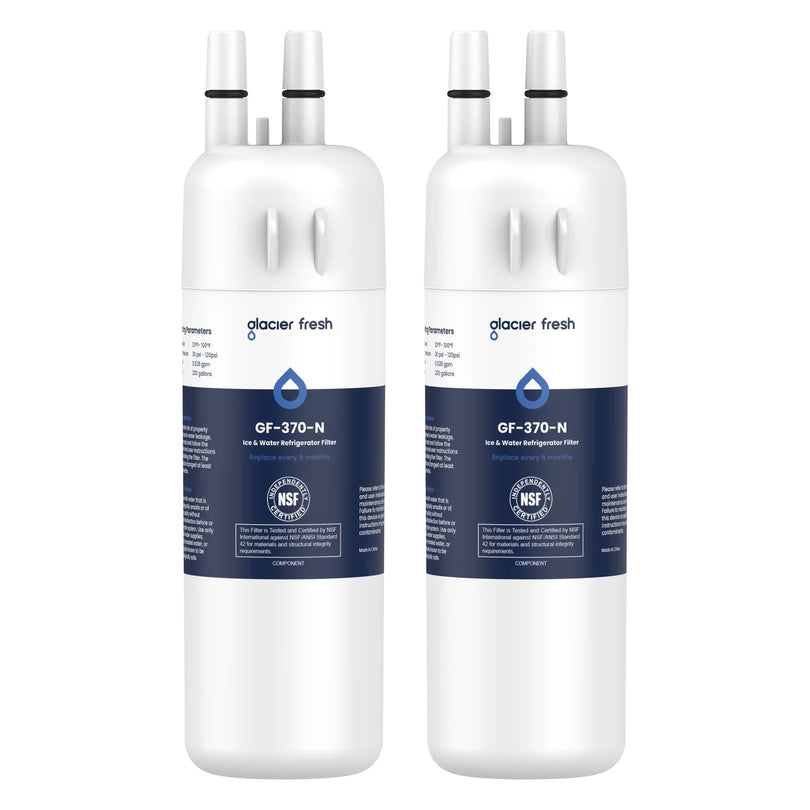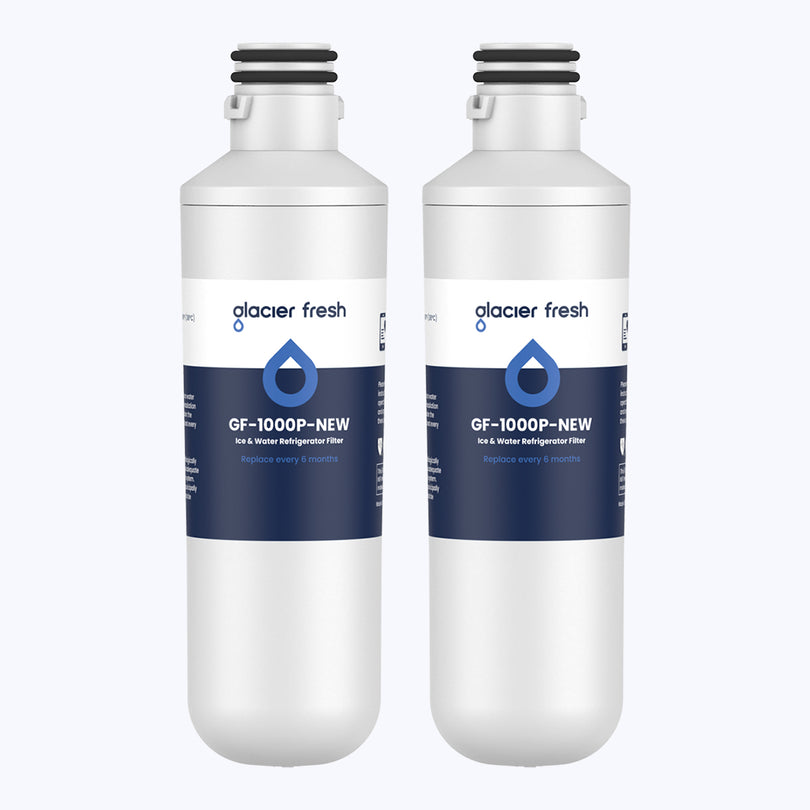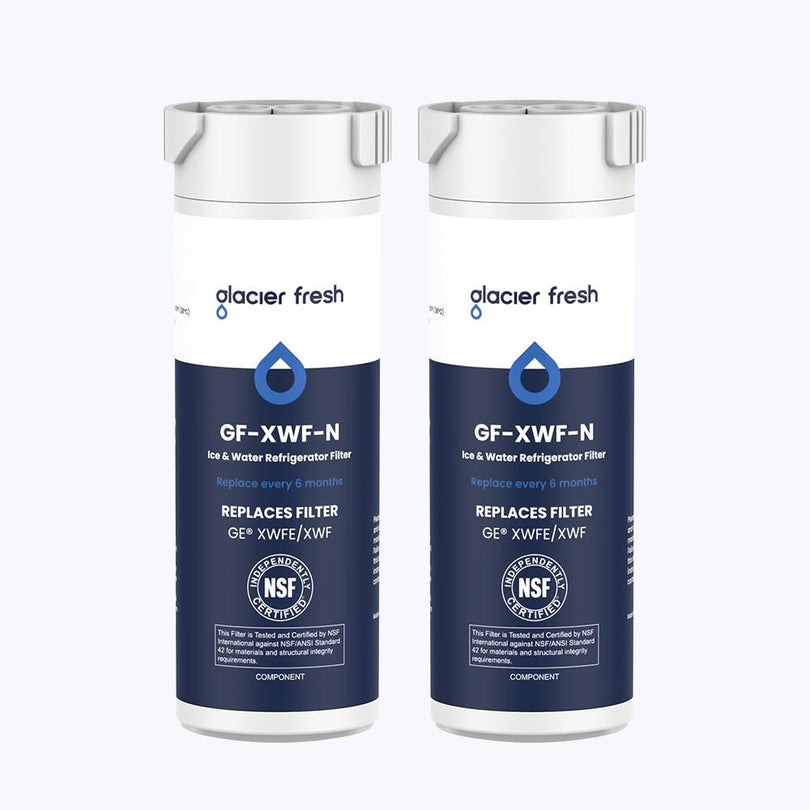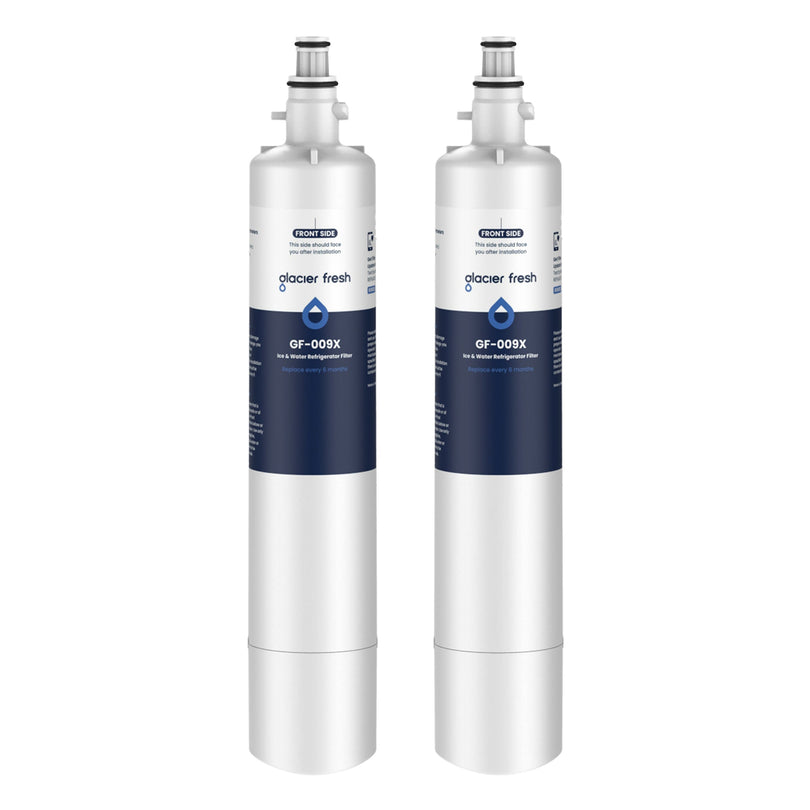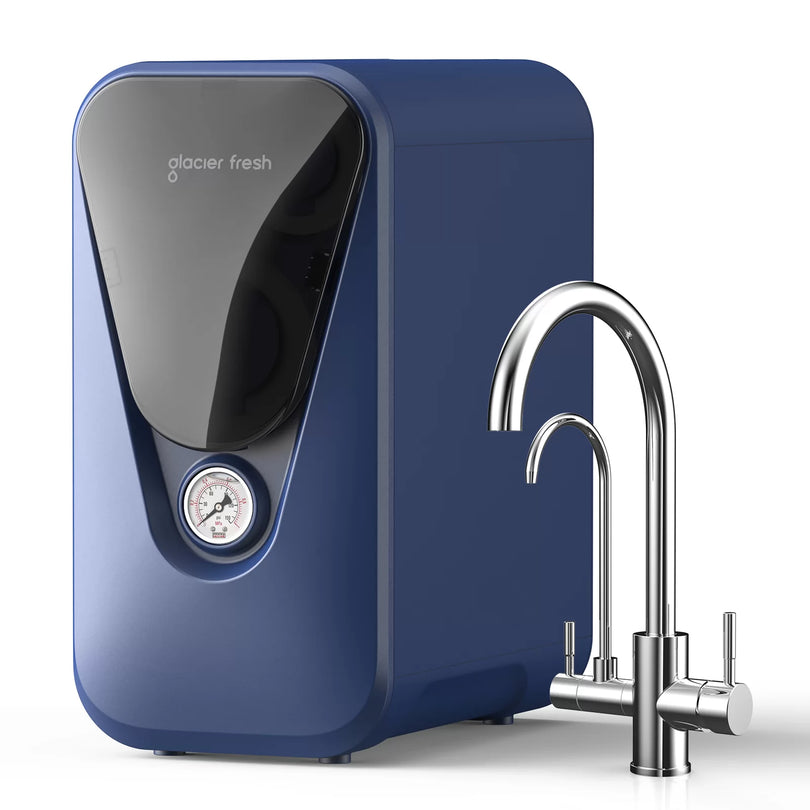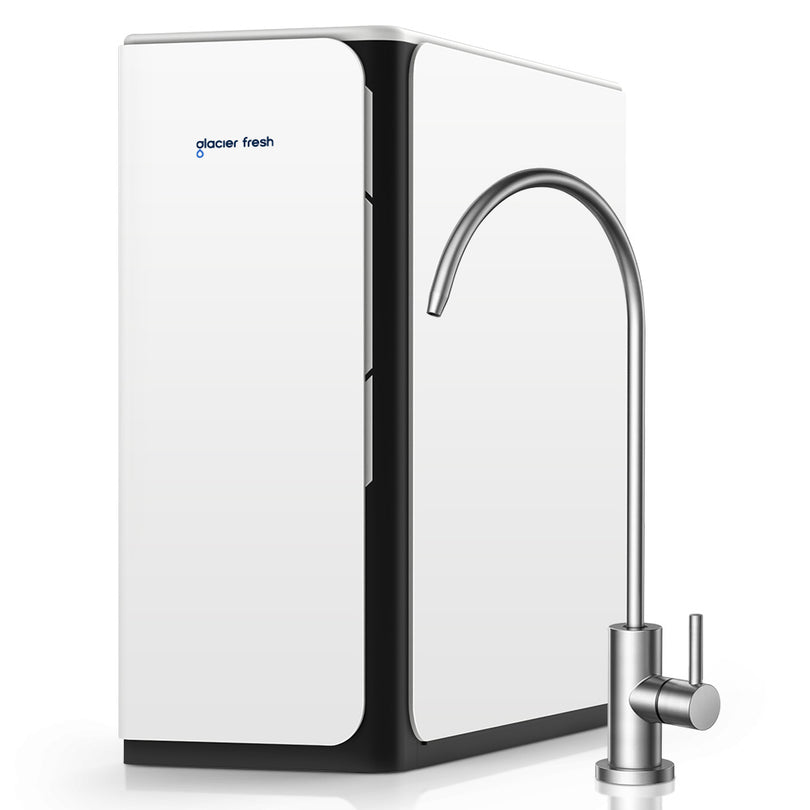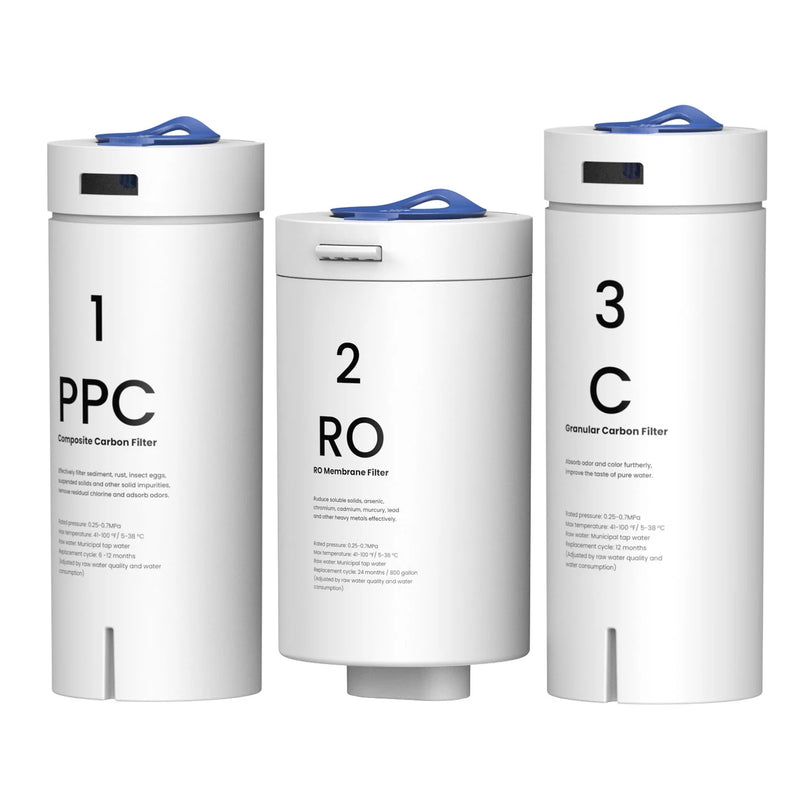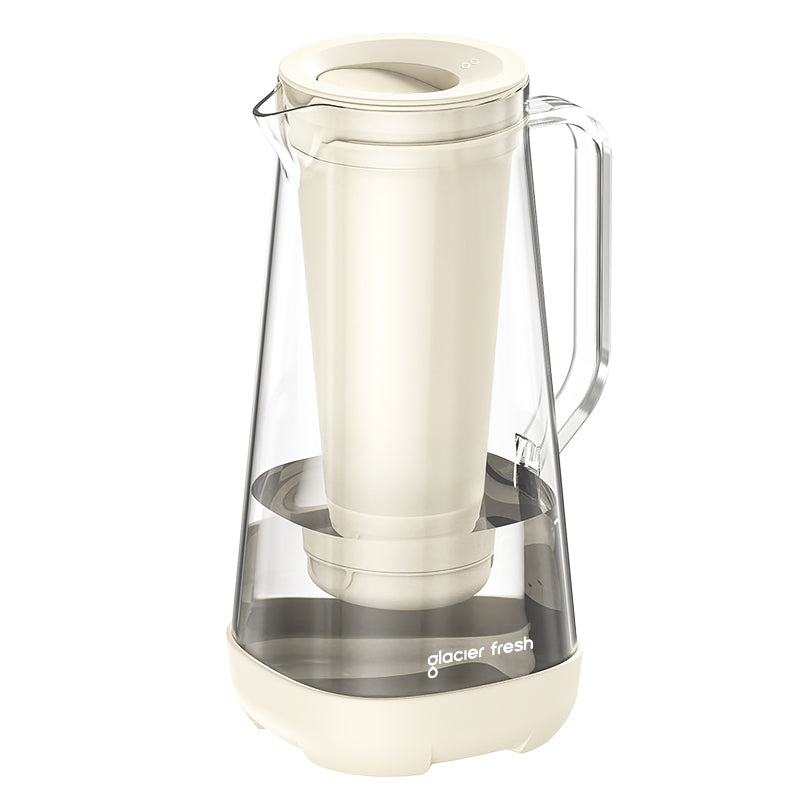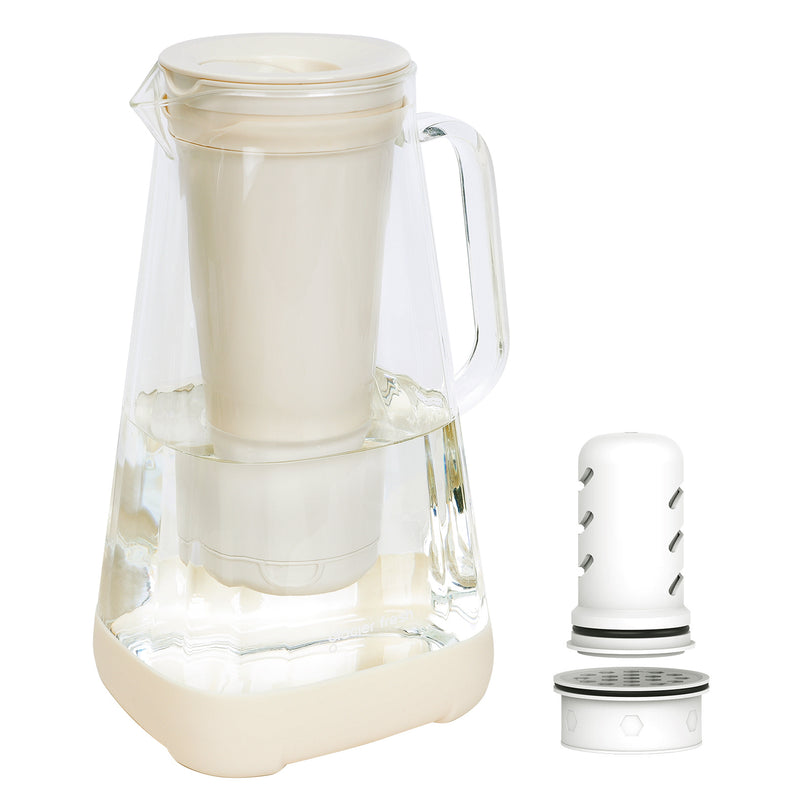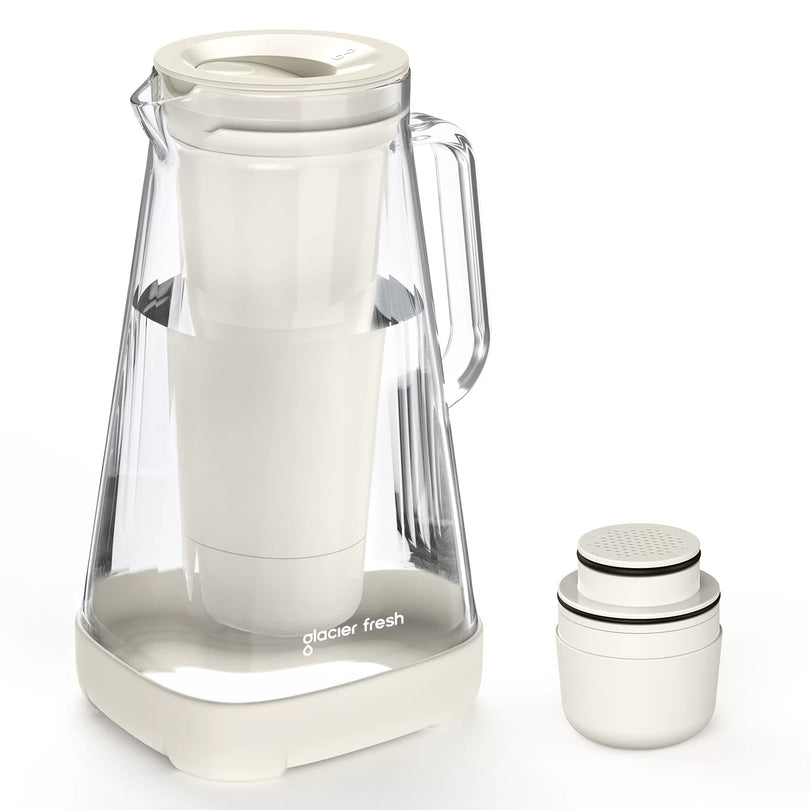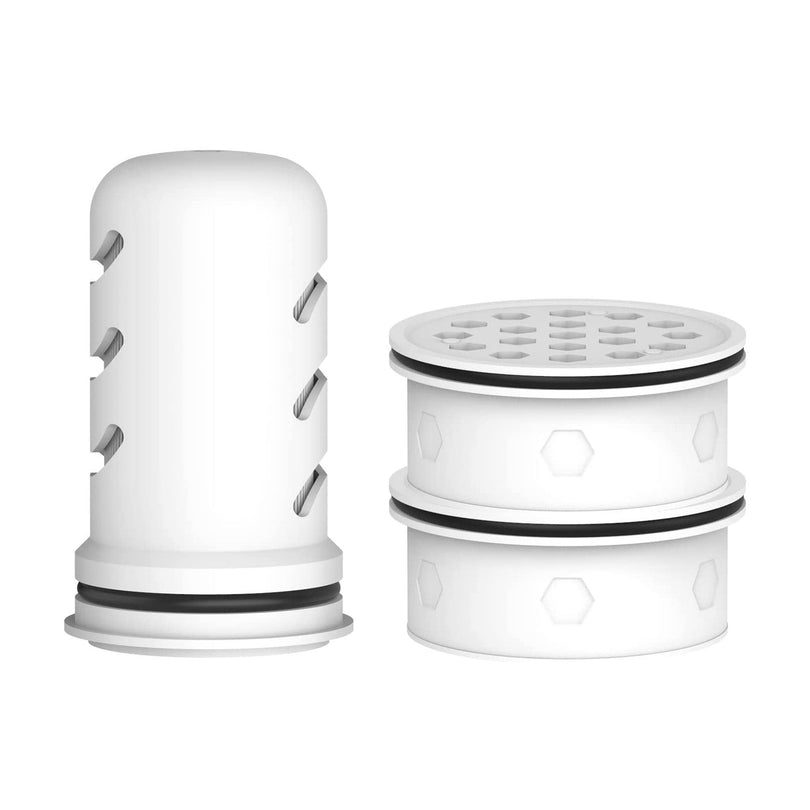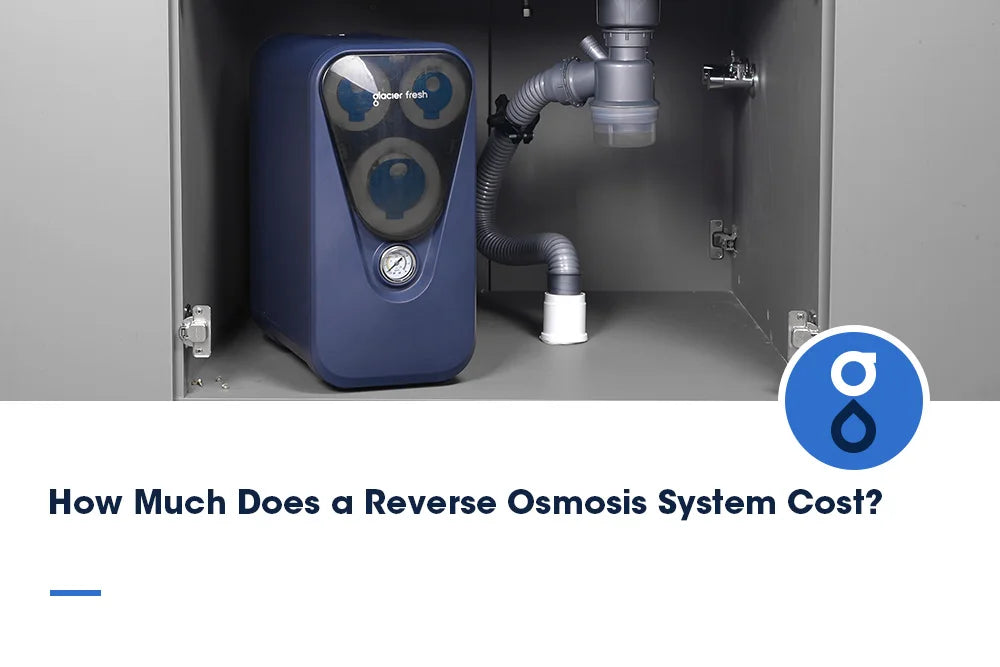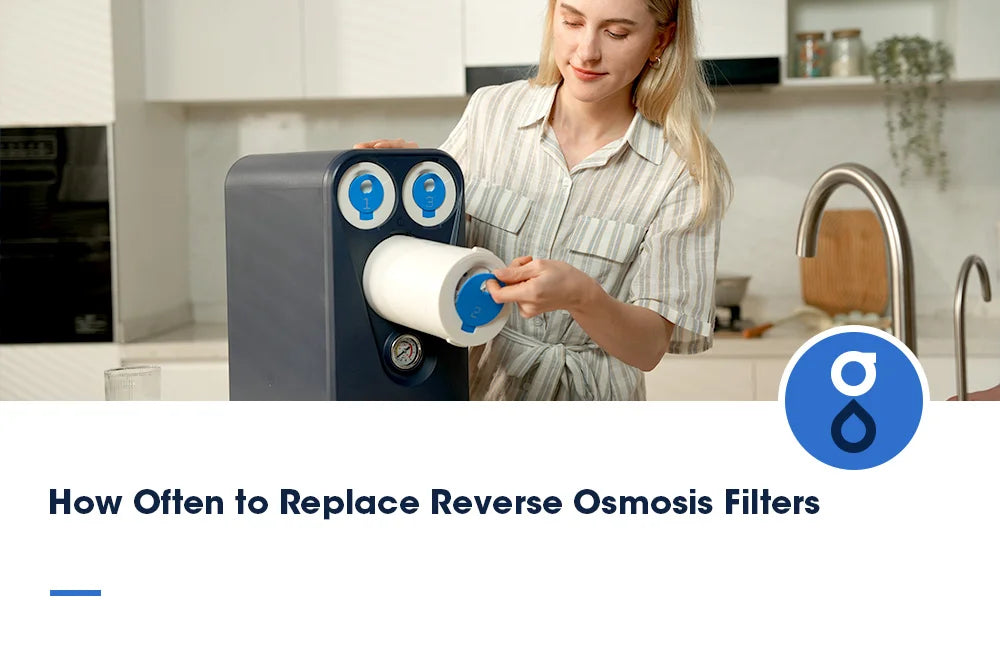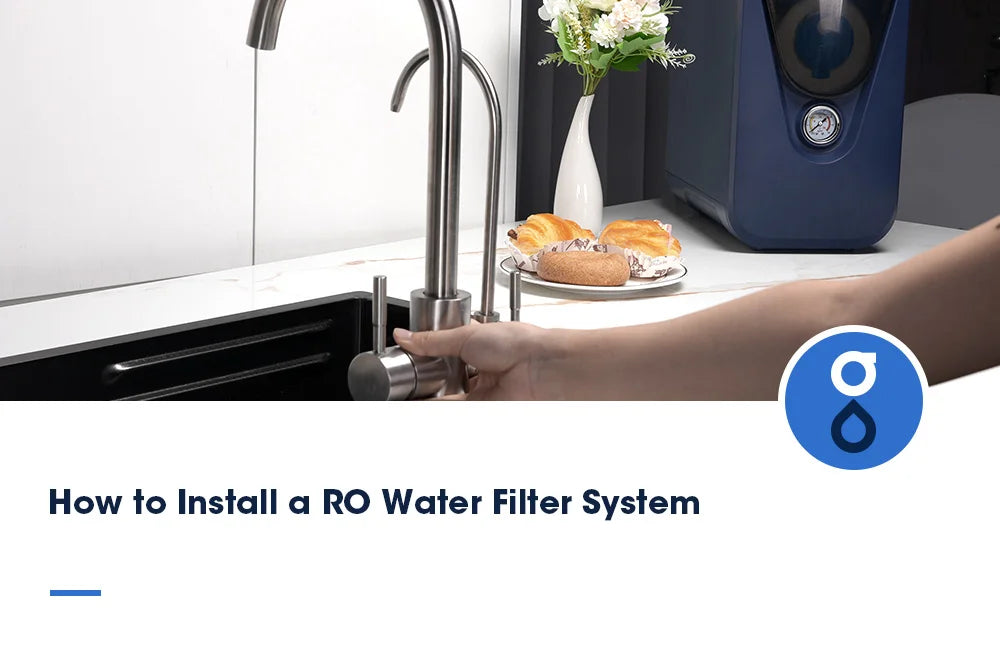Table of Contents:
Was ist ein Umkehrosmosesystem?
Durchschnittliche Kosten einer Umkehrosmoseanlage
Welche Kostenfaktoren gibt es für ein Umkehrosmosesystem?
Wie können Sie bei den Kosten für ein Umkehrosmosesystem sparen?
So wählen Sie ein System mit besserem Preis-Leistungs-Verhältnis
Abschluss
Planen Sie, in sauberes, sicheres Trinkwasser zu investieren? Sie haben sich wahrscheinlich gefragt: Was kostet eine Umkehrosmoseanlage? Umkehrosmoseanlagen (RO) gehören zu den effizientesten Verfahren zur Wasseraufbereitung und entfernen eine Vielzahl von Verunreinigungen, darunter Schwermetalle, Chlor, Mikroplastik und gefährliche Chemikalien wie PFAS. Der Preis einer RO-Anlage variiert jedoch je nach Typ, Ausstattung, Installation und langfristiger Wartung.
In diesem Leitfaden besprechen wir den Durchschnittspreis solcher Systeme, welche Faktoren ihre Kosten beeinflussen und wie Sie Ihr Wassersystem zum besten Preis finden, ohne Kompromisse bei der Wasserqualität einzugehen.
Was ist ein Umkehrosmosesystem?
Eine Umkehrosmoseanlage ist ein Wasseraufbereitungssystem, das Wasser unter Druck durch eine semipermeable Membran leitet, um bis zu 99 % der Verunreinigungen herauszufiltern. Sie ist in der Regel mit mehreren Filterprozessen ausgestattet, darunter Vorfilter zum Auffangen großer Partikel, eine RO-Membran zum Entfernen feiner Verunreinigungen und Nachfilter zur Geschmacksverbesserung des Wassers.
Die beiden gängigen Umkehrosmosesysteme sind Untertisch-Wasserfiltersysteme und tragbare Outdoor-Systeme. All-in-One-Systeme wie das GlacierFresh U03 800GPD Umkehrosmosesystem können täglich zu Hause verwendet werden und liefern Ihnen Wasser direkt an die Küchenspüle. Alternativ gibt es tragbare Modelle wie das GlacierFresh RV Umkehrosmosesystem, das für Reisen, Wohnmobilcamping oder Notfälle konzipiert ist und eine zuverlässige Quelle für sauberes Wasser bietet.
Durchschnittliche Kosten einer Umkehrosmoseanlage
Wie viel kostet eine Umkehrosmoseanlage? Je nach Typ und Ausstattung liegen die Kosten in der Regel zwischen 200 und 1.500 US-Dollar.
Umweltfreundliche Untertischgeräte sind bereits ab 200–300 US-Dollar erhältlich, bieten jedoch möglicherweise eine geringere Filterleistung und Durchflussgeschwindigkeit. Hochwertigere Untertisch-RO-Systeme ohne Tank, wie das GlacierFresh U03, kosten in der Regel zwischen 500 und 700 US-Dollar, sind jedoch deutlich effizienter, bieten einen schnelleren Durchfluss und eine aufwendigere Filterung. Kleinere tragbare RO-Systeme, insbesondere das beliebte GlacierFresh RV, kosten im Einzelhandel oft zwischen 250 und 400 US-Dollar und sind daher für Reisende und Outdoor-Fans erschwinglich.
Auch die langfristigen Kosten sollten berücksichtigt werden. Die durchschnittlichen jährlichen Kosten für einen Filterwechsel liegen zwischen 30 und 120 US-Dollar; dieser Betrag variiert je nach Systemnutzung und Filtertyp. Obwohl es sich um laufende Kosten handelt, ist es dennoch deutlich kostengünstiger und umweltfreundlicher als der ständige Kauf von Flaschenwasser.
Welche Kostenfaktoren gibt es für ein Umkehrosmosesystem?
Die Kosten eines RO-Systems hängen von vielen Faktoren ab:
Systemtyp und Kapazität
In größeren Haushalten werden Modelle mit höherer Kapazität benötigt. Der GlacierFresh U03 800GPD beispielsweise kann 800 Gallonen pro Tag reinigen und ist damit ideal für Familien, kostet aber mehr als kleinere Modelle. Das GlacierFresh RV RO-System hingegen ist günstiger, da es tragbar und für den Einsatz im kleinen Maßstab geeignet ist und Komfort gegenüber großen Anforderungen bietet.
Technologie und Effizienz
Die Durchlauferhitzer sind aufgrund der Platzersparnis, des fehlenden Kontaminationsrisikos und der schnelleren Wasserversorgung teurer. Je höher das Verhältnis von Reinwasser zu Abfluss des jeweiligen Systems, wie z. B. der 3:1-Effizienz des U03, desto höher sind die Kosten, die mit der geringeren Wasserverschwendung verbunden sind.
Zertifizierungen und Qualitätssicherung
Die zertifizierten Systeme (NSF, FDA, CE) sind teurer, bieten jedoch hohe Sicherheit und hervorragende Leistung.
Installation und Wartung
DIY-Modelle sind günstiger, da kein professioneller Klempnerdienst erforderlich ist. Ein Beispiel ist das U03, dessen Installation in weniger als 30 Minuten erfolgt, ohne dass ein Klempner gerufen werden muss. Dies kann die Gesamtkosten senken.
Stromquelle
Die nichtelektrischen Modelle, wie beispielsweise das U03, werden lediglich durch den Wasserdruck betrieben, während die tragbaren Modelle in der Regel externe Powerbanks oder Adapter benötigen. Solche zusätzlichen Anforderungen können sich geringfügig auf die Kosten auswirken.
Wie können Sie bei den Kosten für ein Umkehrosmosesystem sparen?
Machen Sie sich Gedanken über die Kosten? Es gibt dennoch praktikable Möglichkeiten, Geld zu sparen und eine gute Leistung zu erzielen:
Wählen Sie die passende Systemgröße für Ihre Anforderungen. Der Kauf einer größeren Umkehrosmoseanlage kann kostspielig sein. Wenn Sie beispielsweise auf Reisen Wasserfilter benötigen, ist das GlacierFresh RV Umkehrosmosesystem ausreichend und deutlich günstiger als ein Untertischsystem mit hohem Durchfluss.
Wählen Sie eine Installation, die sich problemlos selbst durchführen lässt. Systeme wie GlacierFresh U03 800GPD erfordern keine professionelle Installation und ermöglichen so Einsparungen von mehreren Hundert Euro.
Finden Sie Angebote und Aktionen. Zahlreiche Marken, darunter GlacierFresh, bieten häufig Sonderangebote und kostenlosen Versand an, was die Anfangskosten senkt.
Halten Sie die Filter sauber. Regelmäßiger Filterwechsel verlängert die Lebensdauer des Systems und erspart teure Reparaturen.
Durch eine genaue Analyse Ihres Haushaltswasserverbrauchs im Hinblick auf Ihre Kapazität können Sie Geld sparen, ohne Kompromisse bei der Qualität des gereinigten Trinkwassers eingehen zu müssen.
So wählen Sie ein System mit besserem Preis-Leistungs-Verhältnis
Die Kosten einer Umkehrosmoseanlage sind nicht die einzige Frage beim Kauf einer RO-Anlage, sondern auch die langfristige Lebensdauer und der Betrieb.
Das GlacierFresh U03 800GPD RO-System ist eines der preisgünstigsten Hochleistungs- und familienfreundlichen Geräte. Es bietet ein beeindruckendes Preis-Leistungs-Verhältnis für große Haushalte mit hoher Durchflussrate, Tankless-Betrieb und einem umweltfreundlichen 3:1-Verhältnis. Dank der DIY-Installation lässt es sich zudem einfach selbst installieren und spart so Einrichtungskosten.
Das GlacierFresh RV Umkehrosmosesystem ist eine ideale und günstige Alternative für Camper, Wohnmobilnutzer oder Outdoor-Fans. Es ist kompakt und platzsparend. Seine dreistufige Filterung, das duale Stromversorgungssystem und die kompakte Größe (nur 269,99 $) machen es zu einem der vielseitigsten Umkehrosmosesysteme für Reisende.
Bei der Bewertung des Kosten-Nutzen-Verhältnisses werden die Lebensdauer des Systems, die Häufigkeit des Filterwechsels und die Wasserleistung berücksichtigt. Ein zertifiziertes, langlebiges System kostet Sie heute etwas mehr, in den kommenden Jahren jedoch deutlich weniger.
Abschluss
Wie viel kostet eine Umkehrosmoseanlage? Ein durchschnittliches System kostet je nach Größe, Effizienz und Ausstattung zwischen 200 und 1.500 US-Dollar. Kleinere, tragbare Geräte wie das GlacierFresh RV RO System kosten etwa 270 US-Dollar, während größere und leistungsfähigere Untertisch-Wasserfiltersysteme wie das GlacierFresh U03 800GPD eher um die 600 US-Dollar kosten.
Die endgültige Entscheidung sollte jedoch vom Wasserbedarf, dem Platzangebot und dem Budget Ihres Haushalts abhängen. Um ein ausgewogenes Verhältnis zwischen Kosten und Leistung zu gewährleisten, können Sie ein System erwerben, das in Anschaffung, Wartung und Installation hinsichtlich der Kostenfaktoren kostengünstig ist. Mit einer hochwertigen Umkehrosmoseanlage sparen Sie nicht nur Geld gegenüber Flaschenwasser, sondern haben auch stets sicheres, wohlschmeckendes Trinkwasser für Ihre Familie zur Verfügung.
Weiterführende Literatur:
Ist Umkehrosmosewasser (RO) sicher und gesund zum Trinken?
Wasserfilterwartung: Was Sie verpassen
Ist die Verwendung einer Umkehrosmoseanlage zum Trinken von Brunnenwasser sicher?

